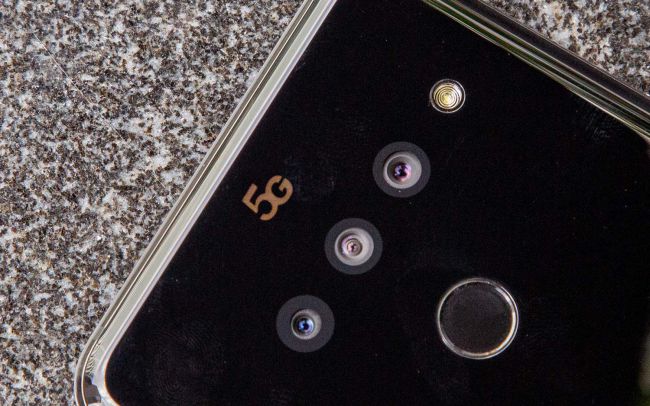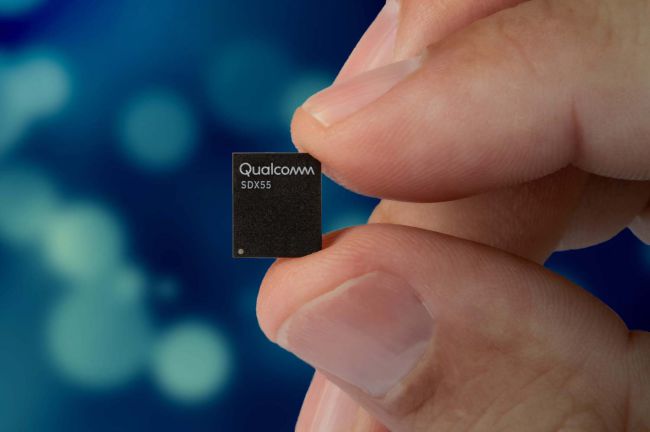Why You Shouldn’t Buy a 5G Phone This Year

Expensive. Prone to overheating. Can’t catch a 5G signal. These are just a few reasons why you should hold off on buying a 5G smartphone in 2019.
But the biggest reason why you should wait until next year to splurge on a 5G phone is the networks. Wireless carriers are still in the early stages of building out their 5G networks, and they’re nowhere close to being widespread enough to be useful — that much is obvious. Let’s dive into what that means, and why that will change in 2020.
5G networks aren’t ready
All four of the major wireless carriers in the U.S. have launched their 5G networks. But unless you live in one of the few major metropolitan areas where Verizon, AT&T, T-Mobile and Sprint have flipped the switch, you won’t catch a 5G signal anywhere. Verizon, AT&T and T-Mobile’s early 5G rollout uses short-range, high-frequency millimeter-wave technology, which delivers blazing fast speeds. But you have to stand almost directly in line of sight of a 5G node to see anywhere near 1 Gbps download speeds.
Sprint’s mid-band 5G network — which is currently live in Atlanta, Chicago, Dallas-Fort Worth, Houston and Kansas City — uses lower frequencies with a wider range. You’ll have an easier time picking up a 5G signal in those cities, in our experience. But the speeds are nowhere near as fast as the mmWave-based 5G that Sprint’s rivals have launched.

5G phones are literally too hot
One thing we noticed in our testing of the Samsung Galaxy S10 5G on various 5G networks around the country is that the phone is literally too hot to use after any intensive activity requiring 5G — especially if you’re outside in the summer. I tried to download a TV show over AT&T’s 5G network in Las Vegas in July. The phone got so hot within minutes that it bailed on 5G and shunted over to AT&T’s LTE network for relief.
5G phones are expensive

The current lineup of 5G smartphones available in the U.S. is limited to two: the $1,299 Samsung Galaxy S10 5G and the $1,152 LG V50 ThinQ 5G. You can snag an S10 5G through AT&T, T-Mobile and Verizon, and a V50 ThinQ through Sprint or Verizon. The Galaxy Note 10 Plus 5G joins the mix on Aug. 23, but only at Verizon and also for $1,299.
At launch, the V50 ThinQ cost $50 more than Apple’s iPhone XS Max, which is too pricey for a phone with just one standout feature: 5G. You also had to sign up for Sprint’s installment plan to pay off the phone when it launched as an exclusive through Sprint; now you can buy it outright for $999 through either Sprint or Verizon.
Get instant access to breaking news, the hottest reviews, great deals and helpful tips.
Next year, buyers will have more options than just one or two models from Samsung and LG. Apple is reportedly targeting September 2020 for the launch of a 5G iPhone, which analysts expect will drive demand for 5G. We probably won’t see cheaper phones then — but 5G devices won’t stay expensive for long.
“If you look at 2021 and beyond, that price has to come down,” said IDC mobile analyst Ramon Llamas. “It’s in the carriers' best interest to get as many people as they can off 4G and onto 5G.”
5G phones aren’t future-proofed

It seems strange to think that 5G phones launching this year will be quasi-obsolete next year, but it’s true. Currently, 5G devices in stores are using Qualcomm’s X50 modem. Qualcomm has a new 5G modem, the X55, that is capable of connecting to a variety of networks — mmWave and sub-6Ghz 5G frequencies as well as 4G LTE — simultaneously. The X50 requires a separate modem to hand off to 4G, which isn’t as efficient.
The X55 will pop up in 5G phones later this year, when the Galaxy Note 10 5G goes on sale at T-Mobile and AT&T. Next year’s Android flagships will almost certainly sport Qualcomm’s cutting-edge Snapdragon 865 processor alongside the X55 modem, so there’s no use buying an out-of-date 5G phone in 2019.
Outlook
Whether or not you want to buy a 5G phone this year depends on your priorities. Want to experience technological innovation at the forefront? Have lots of money to spend? Live in a city where your carrier has flipped the switch on 5G (and within the neighborhood in that city that’s actually able to connect to 5G)? Then godspeed.
But most people don’t want to taste innovation before it’s actually useful in their everyday lives. And 5G isn’t there yet. Sure, faster speeds will make a difference in the future. But right now, not so much.
“Is it really going to be all that noticeable?” IDC’s Llamas asked. “Especially when you have the ubiquity of Wi-Fi connectivity everywhere you go — do you want to use up your data on a 5G network?”
The answer for most people right now is absolutely not.
Caitlin is a Senior editor for Gizmodo. She has also worked on Tom's Guide, Macworld, PCWorld and the Las Vegas Review-Journal. When she's not testing out the latest devices, you can find her running around the streets of Los Angeles, putting in morning miles or searching for the best tacos.
